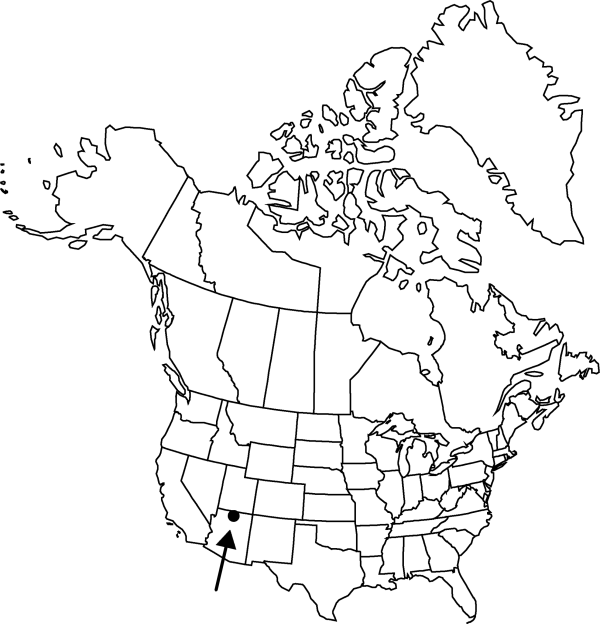Difference between revisions of "Pediocactus bradyi"
Cact. Succ. J. (Los Angeles) 34: 19, figs. 13, 14. 1962.
FNA>Volume Importer |
FNA>Volume Importer |
||
| Line 12: | Line 12: | ||
|name=Pediocactella bradyi | |name=Pediocactella bradyi | ||
|authority=(L. D. Benson) Doweld | |authority=(L. D. Benson) Doweld | ||
| + | |rank=species | ||
}} {{Treatment/ID/Synonym | }} {{Treatment/ID/Synonym | ||
|name=Pediocactus simpsonii subsp. bradyi | |name=Pediocactus simpsonii subsp. bradyi | ||
|authority=(L. D. Benson) Halda | |authority=(L. D. Benson) Halda | ||
| + | |rank=subspecies | ||
}} {{Treatment/ID/Synonym | }} {{Treatment/ID/Synonym | ||
|name=Toumeya bradyi | |name=Toumeya bradyi | ||
|authority=(L. D. Benson) W. Earle | |authority=(L. D. Benson) W. Earle | ||
| + | |rank=species | ||
}} | }} | ||
|hierarchy=Cactaceae;Cactaceae subfam. Cactoideae;Pediocactus;Pediocactus bradyi | |hierarchy=Cactaceae;Cactaceae subfam. Cactoideae;Pediocactus;Pediocactus bradyi | ||
| Line 43: | Line 46: | ||
-->{{#Taxon: | -->{{#Taxon: | ||
name=Pediocactus bradyi | name=Pediocactus bradyi | ||
| − | |||
|authority=L. D. Benson | |authority=L. D. Benson | ||
|rank=species | |rank=species | ||
| Line 58: | Line 60: | ||
|publication year=1962 | |publication year=1962 | ||
|special status= | |special status= | ||
| − | |source xml=https://jpend@bitbucket.org/aafc-mbb/fna-data-curation.git/src/ | + | |source xml=https://jpend@bitbucket.org/aafc-mbb/fna-data-curation.git/src/f50eec43f223ca0e34566be0b046453a0960e173/coarse_grained_fna_xml/V4/V4_398.xml |
|subfamily=Cactaceae subfam. Cactoideae | |subfamily=Cactaceae subfam. Cactoideae | ||
|genus=Pediocactus | |genus=Pediocactus | ||
Revision as of 21:40, 16 December 2019
Plants usually unbranched (rarely 2–12-branched). Stems subglobose to obovoid, 3.2–6.2 × 2.5–5 cm; areoles elliptic, lanulose. Spines smooth, relatively hard, spreading to recurved, somewhat pectinate, usually all radial (rarely with central spines); radial spines (7–)13–16(–18) per areole, tips bending downward, yellowish tan or white, 3–5 × 0.7 mm; central spines 0(–2) per areole, dark tan, rigid, straight or slightly curved, 3–4 mm. Flowers 1.5–2.2 × 1.5–3 cm; scales and outer tepals minutely toothed or denticulate or entire and undulate; outer tepals straw yellow with green or red-brown midstripes, 3–15 × 3–4.5 mm; inner tepals straw colored, 9–15 × 3–4.5 mm. Fruits green turning reddish brown, turbinate, 7–10 × 10 mm. Seeds brownish black, to 2.7 × 1.7–2 mm, papillate and rugose.
Phenology: Flowering early spring.
Habitat: Great Basin desert scrub, clay soils of ledges often overlain with limestone gravel
Elevation: 1000-1200 m
Discussion
Of conservation concern.
Some authors have included Pediocactus winkleri and P. despainii as infraspecific taxa of P. bradyi. Chloroplast DNA sequence data strongly indicate a more distant relationship (see discussion under 8. P. winkleri).
Selected References
None.
